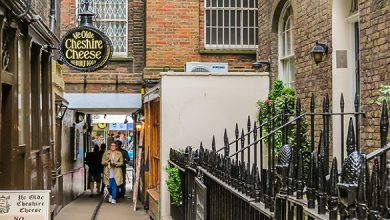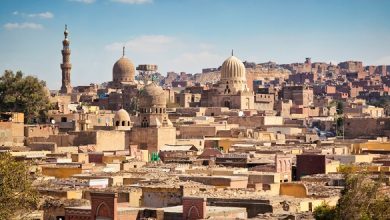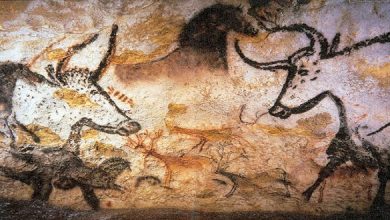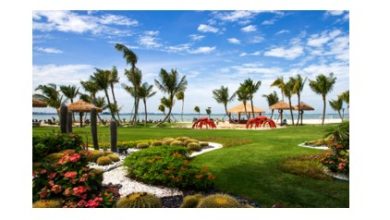Umbria or Tuscany: How to Decide Which Picturesque Region
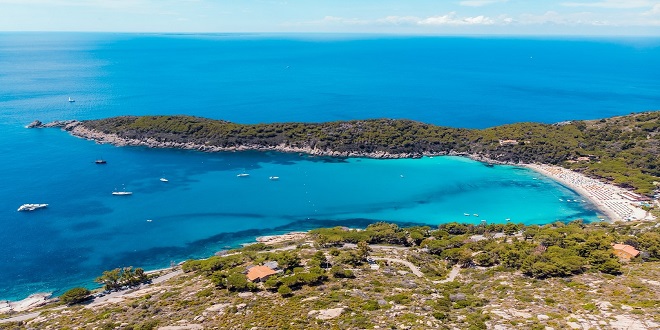
Umbria is well-used to tourists
However, unlike its next-door neighbor Tuscany, it has not yet grown weary of them. While Tuscany’s San Gimignano orders urgent measures to stop the hordes clogging its precious medieval streets, Umbria’s Gubbio enacts its centuries-old rhythms barely conscious of the tourists strolling wide-eyed in wonder through its equally ancient thoroughfares.
Flanked by Lazio, Tuscany, and the Marche, this beautiful region has some of the finest landscapes in Italy. But, beyond its natural charms, Umbria also has a hundred towns and villages blessed with outstanding works of art. Places like Trevi, Narni, and Montefalco, which anywhere else in Europe would be mobbed like rock stars, are left largely alone on their lofty hilltop perches.
Then there are the region’s heavy hitters, prominent on the tourist itinerary. The frescoes in the Basilica di San Francesco d’Assisi paint vivid stories. The cathedral at Orvieto crowns a tufa crag, reflecting shafts of golden light across the valley. Pinturicchio and Perugino seduce with the silverblue haze of their landscapes, framing Madonnas as beautiful as any in Florence, while Roman and Etruscan remains watch proudly over the plains
But what really distinguishes this region from others in Italy is its spirit of “campanilismo,” the idea of bearing allegiance to the church bells of your mother town. The people of this region scarcely regard themselves as Umbrians at all, but as Perugini, Spoletani, and Assisiati. However, this parochialism hasn’t fostered a sense of inwardness as it might elsewhere in Italy, but a fervent desire to outdo one’s neighbors. This is manifested in ragús (meat-based sauces) that change flavor from one valley to the next and towns outbidding each other to put on world-class music festivals. More dramatically, the evidence of this proud, republican spirit lies before you in some of the finest secular buildings in the world. The town halls of Perugia, Gubbio, Todi, and Città di Castello are all signs in pink and gray stone of a spirit of independence nurtured since the Dark Ages.
THE BUILD-UP
Without Tuscany, there would have been no Renaissance, fewer Merchant-Ivory movie adaptations, and fewer places for your maiden aunt to go on holiday. Some of man’s greatest artistic achievements are here, from Brunelleschi’s Dome to Michelangelo’s David and it has magical landscapes and stunning towns that look down from their rounded hilltops.
THE LETDOWN
Unfortunately, someone forgot to keep quiet about Tuscany. Camera-wielding crowds ruthlessly tick off lists of endangered statues, leaning towers, famous frescoes, and historic squares. Then there are the costs, which have sky-rocketed in the last 20 years.
GOING ANYWAY?
Thankfully, parts of Tuscany still remain unknown, from the mysterious lands of the Etruscans in the southwest to the majestic marbled mountains above Lucca. But if it is San Gimignano or Pisa you want to visit, then go in winter, when you can enjoy them without hordes of tourists spoiling your view.
PRACTICAL INFORMATION
Getting There and Around
Umbria has a small international airport at Perugia, but you are more likely to fly into Rome. There are fast trains from Rome to most of the major tourist destinations. Italy’s principal motorway, the A1, runs along Umbria’s western border.
Where to Eat
The more informal the better. The Locanda del Cantiniere in Gubbio (tel. +39 075 927 5999) is typical of a thousand excellent Umbrian trattorie.
When to Go
The best times to visit are spring and fall. Although spring can be wet, the flowers in the hills are truly spectacular. Fall is warm and dry, and the dinner table groans beneath the newly arrived game, truffles, and mushrooms. Assisi is particularly magical in December during Christmas.
Last word
Mention Umbria to an Italian and they’ll say approvingly “You’ll eat well there,” a grudging mark of respect from this most parochial of nations. And you can be assured of a feast – from Castellucio’s tiny sweet lentils and hams from Norcia that melt on your tongue, to wild boar hung for days, and simmered to tenderness in a rich Sagrantino wine.

